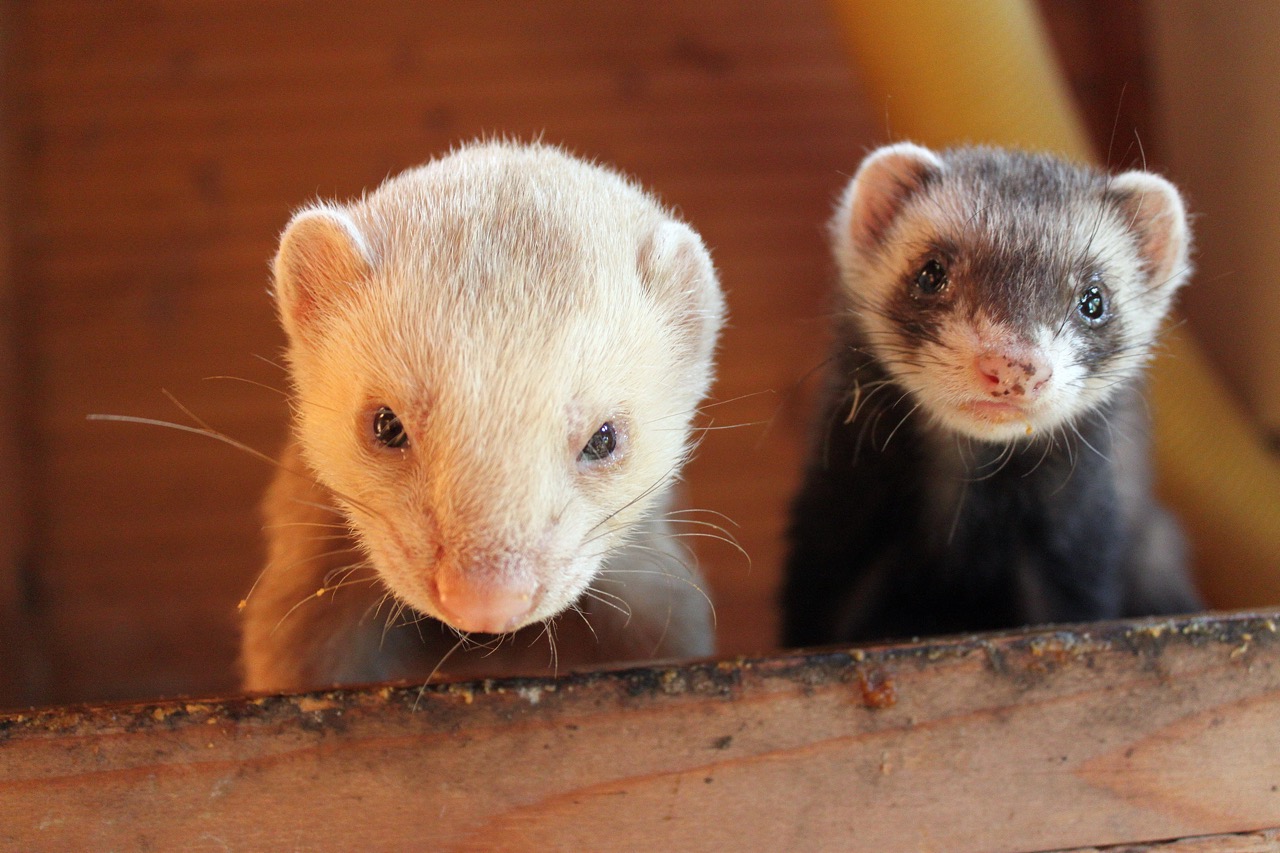Creating a comfortable sleeping area in a ferret cage is crucial for your pet’s overall well-being. Ferrets are highly social and curious animals, and their sleeping habits reflect their natural instincts. By understanding these habits and implementing thoughtful design choices, you can ensure your ferret enjoys a restful and restorative sleep environment. This guide will explore the essentials of creating a cozy sleeping space tailored specifically for ferrets.
Understanding Ferret Sleeping Habits for Optimal Comfort
Ferrets are crepuscular creatures, meaning they are most active during dawn and dusk. In their natural habitat, they sleep for long periods during the day and night. As such, a comfortable sleeping area should mimic their natural den-like environment. Ferrets prefer to have dark, secluded spots to retreat to when they are ready to sleep. Creating this type of environment can help them feel safe and secure.
In the wild, ferrets often dig and burrow into soft materials to create cozy sleeping areas. This instinctual behavior should be considered when designing their cage. Providing a designated sleeping area that includes cozy hideaways can fulfill their natural need for security. Using enclosed spaces or hammocks allows ferrets to curl up comfortably while feeling protected from potential threats.
Additionally, it’s important to recognize that ferrets have varying sleeping preferences. Some may enjoy sleeping in a hammock suspended from the cage, while others might prefer a soft bed at the bottom. Observing your ferret’s individual behavior can help you tailor their sleeping area to better suit their unique needs, enhancing their overall comfort.
Selecting the Right Bedding Materials for Ferret Cages
Choosing appropriate bedding materials is essential for creating a comfortable sleeping area. Ferrets thrive in environments that offer softness and warmth. Fleece fabric is a popular choice among ferret owners due to its softness and ability to retain heat. It is also easy to clean, making it a practical option for bedding.
Another excellent option is natural fiber bedding, such as cotton or hay. These materials provide a comfortable surface for ferrets to rest on. However, owners should avoid cedar or pine shavings, as these can be harmful to ferrets due to their aromatic oils. Instead, opt for paper-based bedding that is safe, absorbent, and helps control odors.
When selecting bedding, consider the thickness and texture of the materials. A thicker layer can provide additional cushioning, which is especially beneficial for older ferrets or those with joint issues. Mixing various materials can also create an inviting sleeping environment. By layering fleece with natural fibers, you can offer a multi-textured experience that ferrets will likely find appealing.
Designing a Cozy Sleeping Area: Tips and Best Practices
Incorporating various elements into your ferret’s sleeping area can enhance its coziness. Start by including a cozy sleeping nook, such as a small, enclosed hammock or a ferret-specific bed. These hideouts should be placed in a quiet corner of the cage, away from heavy foot traffic, to provide the peace ferrets need for restful sleep.
Adding warmth through blankets or soft fabric can make the sleeping area even more inviting. Ensure that these materials are safe for ferrets and easily washable. You can also create a multi-level sleeping area by using shelves or platforms, giving your ferret options for different heights, which they often enjoy exploring. Allowing your ferret to choose where to sleep can contribute to their sense of autonomy and comfort.
Lastly, consider the cage’s environment as a whole. Ensure the sleeping area is away from direct drafts or extreme temperatures, as ferrets can be sensitive to cold. A well-ventilated cage that maintains a stable temperature will help your ferret feel comfortable in their sleeping space, leading to better rest and overall health.
Maintaining Cleanliness in Your Ferret’s Sleeping Space
Keeping your ferret’s sleeping area clean is imperative for their health and well-being. Ferrets are prone to certain health issues, and a dirty environment can exacerbate these risks. Regularly check the bedding for signs of soiling and replace it as needed. Ideally, bedding should be cleaned or changed at least once a week to maintain hygiene.
Disinfecting the sleeping area is equally important. Use a safe, pet-friendly cleaner to wipe down the surfaces of the cage, eliminating any lingering odors and bacteria. Be cautious to avoid toxic substances, as ferrets are sensitive to harsh chemicals. Rinsing with warm water after cleaning can also help ensure that any residue is removed.
Lastly, establish a routine for cleaning and maintenance. Consistency in cleaning schedules will not only help keep the sleeping area fresh, but also allow you to monitor your ferret’s health. An organized cleaning routine can help detect any unusual changes in behavior or health issues early on, allowing for prompt veterinary attention if necessary.
Creating a comfortable sleeping area for your ferret is essential for their happiness and health. By understanding their sleeping habits, selecting appropriate materials, designing a cozy space, and maintaining cleanliness, you can provide them with a sanctuary that promotes restful sleep. A well-thought-out sleeping environment will not only benefit your ferret but also strengthen the bond between you and your beloved pet. With these guidelines, you are well on your way to ensuring your ferret’s living space is as inviting and comforting as possible.










